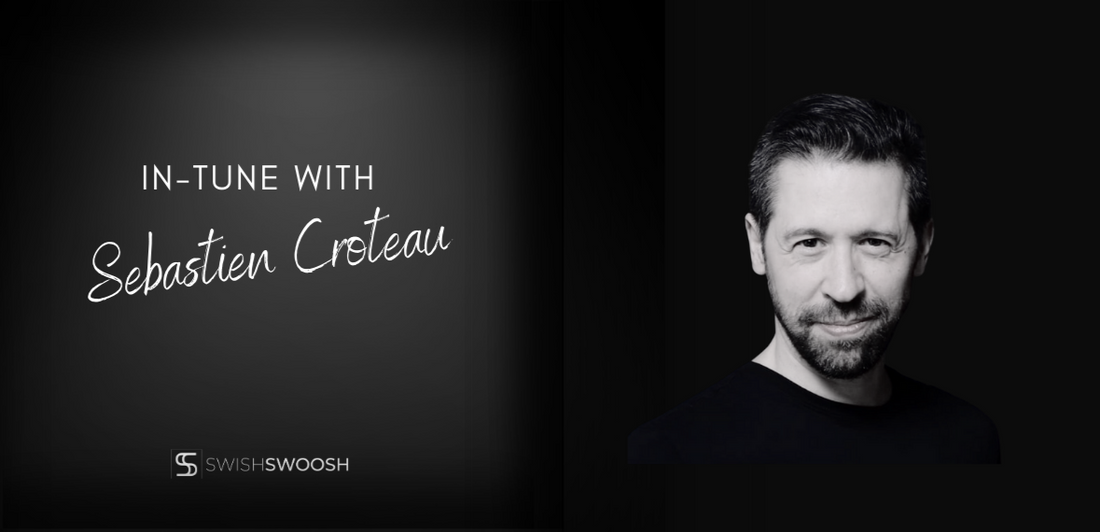
In-Tune with Sébastien Croteau
Sébastien Croteau is a talented and experienced voice actor known for his unique specialization in creating monster and creature vocalizations. With a background as a metal vocalist for over 35 years, Sébastien has lent his powerful voice to numerous video games and films, including notable projects like Baldur’s Gate 3, Warhammer, and Far Cry Instincts. As the founder of The Monster Factory, he leads a global team that provides vocal effects for video games, focusing on characters like creatures, zombies, and otherworldly beings. His expertise in extreme vocals, throat singing, and his innovative approach to sound design has made him a go-to voice artist in the industry.
View the full video interview below:
FD: Can you please introduce yourself ?
Sebastien Croteau: Absolutely. My name is Sébastien, and I do monster, and creature sounds for a living. I’ve been a metal vocalist for 35 years. I started as a choir boy singing in church, and then I discovered metal music, and that was it for me with church. Then I went into what we call extreme voices in metal. So, I started, of course, with bands like Metallica, Slayer, and then went into heavier stuff like Napalm Death, Suffocation, and Arbitrary. So, I went deep into training my voice to make those sounds.
Then around ’97, I started doing throat singing. I was blessed and lucky enough to be trained by Tibetan monks and a world-renowned specialist in throat singing inward throat singing, Tuvan throat singing, Mongolian throat singing, Tibetan throat singing. And it was only 2005 that I did my first voiceover recording session for video games. That was for Far Cry Instinct. A friend of mine was working at Ubisoft Montreal, and they were looking for weird voices for their game. He knew me, so he said, "Hey, maybe this guy can do a good job." And that’s how it started.
More and more, companies asked me for more people because, of course, in video games, we need variety—female, male characters. Because I knew a lot of metal vocalists in Montreal, I was like, "Yeah, I know a few people who might help." So, over a period of about 15 years, we slowly built what is now known as the Monster Factory. It’s a company I created four years ago. We specialize in monster and creature voices—people screaming, dying, in pain, getting burned… everything that involves vocal effects or vocal distortion. That’s our specialty because we’ve been training for that.
Since then we’ve worked on probably over 40 video games and a few movies. The last movie we did was M. Night Shyamalan's The Watchers. We did creature vocalization for that, and in video games, some of the recent ones were Baldur’s Gate 3, Warhammer, Hellblade 2, Dead by Daylight, and more. I have close to 80 voice talents all over the world, and I’ve been pretty busy.

You started as a metal vocalist, and then you moved into voice casting. What inspired you to get into voice acting? How did that come about? Can you give us a bit more detail?
SC: The thing is, if you know a few people in metal bands, you know that we don’t make much money from our craft, right? We practice, we put passion into it for years and years. In my case, I’ve had the same band since 1993, and we’re working on a new album right now. I never made any money from metal. It’s a passion we have, and very few, so chosen ones, can make enough to live from it.
So, what I learned in metal music, I realized I could use for another passion—video games. Like, right now, behind me, you only see my movie collection. You should see my video game collection—I have a lot. And I’ve always loved voice exploration, exploring what we can do with our instruments, trying to find new sounds or new combinations of vocal effects.
So, for me, it was always more about the exploration aspect, the creative side, and working in video games allowed me to explore even if it’s not music. You still get to explore, and you still have the space to do things with your voice. For me, that was the main factor that got me into this, and it’s still the main factor keeping me in the industry. Even after 19 years of doing this, I still have the same passion and willingness to explore. But now, I have more people to do it with me. I’m basically a five-year-old kid in a sandbox, and I’m just looking for friends to play with me and my little monster toys.
When you’re designing these creature sounds, how do you decide what it should sound like? What factors play a role in that? How do you tap into that primal energy? Do you feel it in your bones?
SC: I feel it everywhere. The thing is, first, there’s something I call vocal archetype. When a vocal reference of a character is seen by many people, either in movies or video games, it becomes a reference, and people associate that voice with that character. For example, if you think about a goblin or an orc voice, they’re either speaking with a British or Cockney accent because of Lord of the Rings. For orcs, it’s, "Meat’s back on the menu, boys!" and it’s down here (Sebastian imitates a deep voice). Goblins? "Hey, what about their legs?" and it’s higher up.
Even today, when I’m asked to voice an evil witch, the reference is still the witch from The Wizard of Oz. Because that movie was massively seen by so many people, and even now, when we think of an evil witch, we imagine, "Oh, I’m melting, I’m melting." So, vocal archetypes are real and apply to many types of creatures—dragons, goblins, orcs, zombies. Back in the 60s, in George Romero’s zombie movies, the sound was, "Uuuuuh." And if you remember Resident Evil on PlayStation1, the zombie sounds were mostly "Uuuuh."
Then came 28 Days Later—not zombies, but infected. The remake of Dawn of the Dead came out, and suddenly the zombies were running, so the dynamic of the voice needed to change. Now, you have zombies going, "Rahhhhh!" and that has become the archetype for zombie voices. In Days Gone, in the horde, you might hear "Ooooooh!" (Sebastian demonstrates an inhale voice technique). For the big zombies in The Last of Us, you sometimes hear a guttural "Oooooh," and of course, the clicker sound, which is difficult to put in any other game without people thinking, "That’s a clicker!"
So, vocal archetypes become ingrained, especially if you’re playing a lot of games or watching a lot of movies like me. At some point, you become knowledgeable about which voice fits best. Of course, when there’s no reference, we look at visual elements—facial features, fangs, lipless or jawless mouths, eyes or no eyes, and so on. Then there’s the creature’s background: Is it a warrior race? A peaceful race? Sometimes the creature’s role will influence the sound as well, whether it’s a priest, sniper, grenadier, or grunt. All these factors come together to influence the voice acting.
Recently, at Gamescom, I did a presentation with my friend, Molly, who is a creature designer. She visually designs monsters, and I explained how I take elements from Earth creatures to build the sounds. One time, it was an aquatic creature, like a big monster from the deep sea. I used folklore and some unexplained ocean sounds recorded by people on YouTube as inspiration. We don’t know what made those sounds, but I used those sound signatures to influence the creature's vocalizations.
I also listen to a lot of animal vocalizations. The problem with animal sound libraries is that you never know the context—why the animals are making those sounds. But on YouTube, you can see the context. Is the animal idle? Is it detecting something? Is it attacking? This helps to better understand the sound pattern and context. All this influences how I create and localize different creature and monster sounds.

The people who are creating sounds for a specific creature, like a zombie, the first ones to do it have the advantage. They’re opening the path for others that will follow. They have more creative freedom, is that right?
SC: Absolutely. I’m going to be honest—today, it’s difficult to come up with something truly original that hasn’t been done before. Everyone comes to us and says, “Hey, we want something really unique, something that’s never been done before.” But my take on it is that “Yes, but, do you know about vocal archetypes?” If people are expecting a certain type of sound for a creature, and if that sound is their reference, they’ll find that character believable and realistic. If you add that audio reference to the character, they’ll be immersed in the game. But if you play outside of that, instead of being immersed, they might think, "What’s that?"
So for me, it’s about playing within those references. Of course, you can add a little spice here and there, but going completely off-script for certain kinds of characters usually doesn’t work because people expect those sounds.
How do your metal vocal skills help you create those terrifying voices?
SC: I was lucky enough to be a choir boy before I got into metal, so I had some singing experience. The most difficult part is getting accustomed to what’s happening because extreme vocal effects are a combination of different parts of the vocal tract working together to create a specific sound. And like an Olympic athlete, you need to train for something specific to build endurance and sustain that sound.
Part of what I do, and you’ve probably heard stories about voice actors losing their voice after 15 to 20 minutes of screaming. It might have even happened to you if you’ve done any voice work without the same training I have. You scream for half an hour or 40 minutes, and then you’re like, “Okay, I’m done.”
So, the skills I’ve developed are particularly efficient for video games because we can do recording sessions for two, three, or four hours without having to stop or reschedule. In the 19 years I’ve been doing this, we’ve never had to stop a recording session due to vocal stress.
Of course, we’ve all heard horror stories about sessions needing to be rescheduled, but the one time we had to reschedule was because one of the voice talents got hit by a car! That had nothing to do with vocal stress, just a massive car accident. The amazing thing is, two weeks later, he was back in the studio—on crutches—doing his character for Marvel’s Guardians of the Galaxy.
This kind of training gives us vocal endurance that’s second to none. We can scream without hurting ourselves for extended periods because it’s what we specialize in. We’ve learned how to scream and do it safely. Nothing is ever 100% safe, but for me, training minimizes the risks rather than eliminates them.
This gives us an edge over regular voice actors who may need to schedule multiple sessions to complete their work. I once did a recording session where all the other actors took six hours to record their lines. It took me three and a half hours to finish everything. They kept asking if I needed a break, and I was like, “No, I’m good, let’s keep going.” They told me that other voice actors—who weren’t trained like me—were requesting breaks every 30 minutes because they needed to rest.
Being able to control what we do gives us the ability to use different techniques. We use inhale voice techniques, the uvula (the little thing dangling at the back of the throat), and we can use tissue in the back of the soft palate for zombie sounds. We can even combine techniques. So, I believe this training better equips us to create creature vocalizations.
Do you believe that with enough practice, anyone can create these voices, or is it a natural gift?

SC: Every voice is unique. But if we look at it objectively, we all have the same parts. You have a uvula, you have tissues in the back of your soft palate, you have a tongue, a jaw, and vocal fold. The thing is, some people may have thicker vocal folds, or thicker false vocal folds. I’ve even seen a double-split uvula, which is rare, but these are tiny differences. Overall, we’re built the same.
The problem is, when I train voice actors, they don’t usually focus on this type of training as much as metal vocalists or people who are doing this regularly—like almost every day or every week. A voice actor might have to do an audiobook or a commercial, and the time they have to practice is limited. So, it takes them a lot longer to develop extreme vocal techniques compared to someone who’s focusing solely on that.
For a voice actor, getting good at vocal distortion is part of their job, so they need to be careful. When I work with voice actors, I take a progressive approach, but it takes way more time to train them than someone who’s already passionate about metal vocals.
Do you require the other team members to be metal vocalists, or are there any surprises in the team?
SC: Not always. Sometimes, people have a natural talent. It’s funny because the story is usually the same for most of them—they were kids, they listened to cartoons, and they tried to imitate weird voices or sounds.
Almost everyone I work with who is a voice actor but not a metal vocalist has the same story. They were always making annoying sounds, driving their parents or siblings crazy. They’ve basically been training for a long time without realizing it.
So, the way I like to present my company is this: I have vocal stunt performers who are comfortable with acting, and I have actors who are comfortable with vocal distortion and stunt work. But let’s say that 75% of my team are metal vocalists because of their training.
But being a metal vocalist doesn’t automatically make you a voice actor. You still need training. You don’t just go, “Ah, I’m a metal vocalist, and now I’m a voice actor.” It doesn’t work that way. But the skills are transferable.
If you’ve ever been to a metal concert, you’ve probably seen a vocalist who looks like they want to kill you. It’s acting. Because if you go backstage and talk to them, they’re usually the nicest people you’ll ever meet. We’re used to creating a persona on stage, sometimes for a whole show, sometimes for different songs. This isn’t foreign to us. But video game voice acting requires its own training, which is where I come in. I train the people in my roster to understand the nuances and subtleties of video game voice acting.
In metal, you rehearse a song a thousand times before you present it to an audience. In video games, you need to improvise. You need to be comfortable doing something you haven’t rehearsed for hours. Some people are comfortable with that, but for others, that transition can be tough because they need the security of rehearsing everything in advance. In video games, that’s just not possible.
Let’s talk about the Monster Factory. You’ve got some cool references. You’ve worked with Capcom, Ubisoft, Bethesda, and on some cool titles. Can you tell us more about what services you provide?

SC: One of the aspects I love the most is sound creation. Basically, companies come to us and say, "We have no idea what this creature or monster should sound like. Can you create something?" The first time I really had to do this was on Marvel’s Guardians of the Galaxy. I had to come up with sounds for 26 different creatures and aliens, and I absolutely loved it.
Creative freedom is a big thing for me. I’m comfortable if a company comes to me and says, "We need zombies next week." Sure, I’ll do it. But when I have the liberty to think, "Oh yeah, that could work," and look at the creature’s elements, that’s when it gets fun.
So, sound creation is something we do a lot of. We also handle casting because I have a roster of close to 80 people all over the world. Sometimes, monsters talk, and that requires localization. I need voice actors who can reproduce the same vocal techniques in different languages.
For example, if you don’t have consistency, you could have an amazing English version of a character with a deep, monstrous voice, but then in the Japanese version, it’s just a normal voice. There’s no consistency between languages. I realized I needed a team that could handle this, so we do casting, recording, and voice direction.
Voice direction for creatures and monsters is very different from regular voiceover. In regular voiceover, as a voice director, you wouldn’t feed the exact way you want a line to a voice actor—it would be intrusive. But for creature vocalization, we don’t have scripts. We work with vowel and consonant combinations to create sounds.
It’s not scripted. We can produce around 200 sounds per hour. So after a four-hour recording session, you’ve done 800 sounds. At some point, for the voice talent, it becomes mentally exhausting to come up with all the variations. That’s when I step in. I can see when the voice talent is struggling with variations, so I do the sound myself and give them the variation I want. As a voice director, you need to be proficient in different vocal techniques so you can show the voice talent what to do. You wouldn’t do that in regular voiceover, but for creatures and monsters, that’s how we do it.
We also do post-production, cleaning up and editing all the files. Sometimes we do a little sound design too, but that’s not usually required because what we provide doesn’t need much post-production. Our raw vocal effects are already scary and disgusting naturally.
However, sometimes clients ask us to tweak things a bit, like pitch it up or down, or dehumanize the sound. But what we’ve been doing more recently is voice layering. We record many voice layers with different techniques and stack them on top of each other. The result is incredible—if you listen to it, you wouldn’t believe it’s just human voices. It sounds like sound design with animal noises, but it’s all human.
We’ve been doing this a lot more lately because the results are so impressive. So that’s another service we offer. And we’re also starting to build our own sound libraries. The first one will be released soon, in October.
Why sound libraries? Well, it’s one thing to serve AAA companies that want custom-made sounds, but there are indie and smaller companies out there that can’t afford our services. However, they can afford to buy a sound library. So we’re working on creating products that fit different budgets. It’s about flexibility. If you’re not flexible, it’s hard to survive in the long run.
You mentioned earlier that your team is spread across the globe. How do you handle the recording quality when your talents are so scattered?
SC: I make sure to rent professional recording studios for them. Sometimes, it’s complicated. In Montreal, I’m lucky because we have three recording studios equipped with Sanken CO-100K microphones. 99% of my clients request it. But not every studio has it.
So, sometimes that limits my casting options. I know I can cast in Los Angeles, Sweden, and Poland because I know where the studios with the right equipment are. But I can’t always cast everywhere, which can be limiting.
Most of the work is done remotely though. We use listening tools so the client can hear the sessions in real-time. I always want the client to be present during the recording sessions because you sign contracts, and if they’re not happy, you might have to redo everything. But if the client is there for four hours, smiling the whole time, it’s hard for them to say later that they’re not satisfied.
You don’t need to travel a lot for voice direction and other tasks. Is that right?
SC: Luckily, yes, because I already travel enough for video game conferences. We rent studios wherever the voice talent is.
For example, for Hellblade, my friend Elisabeth, who lives in Copenhagen, did the voice work. We rented a studio there, and I directed the session remotely. We usually use Zoom or Google Meet for the visuals, but for audio, we use a separate tool to hear directly from the microphone because Zoom’s audio isn’t good enough for what we do. In fact, Zoom often filters out vocal distortion as background noise, which is not ideal for what we’re recording.
Usually, we can see the video animation while recording so we can make sure everything matches exactly. Sometimes there’s a small delay to deal with, but it usually works out well. Recording remotely does have its challenges, which is why I prefer doing it in person, when possible, but it works well when needed.
Your field is so niche—do you find it difficult to explain to people what you do? Like, “Hey, I’m going to be a monster today”?
SC: (laughs) I probably could make a T-shirt that says, “I make people scream,” because that’s a big part of what I do! I travel a lot to video game conferences and talk about what we do, people tend to remember me because what I do is so unique. It’s more memorable than something more general.
Sometimes, even if people don’t remember my name, next time they see me, they’ll say, “Hey, monster guy!” So I think they get it.
People think that creature vocalization done by humans is new, but it’s not. I’ve been doing it for 19 years. People like Dee Bradley Baker, Fred Tatasciore, and Steve Blum have been doing it for years too. The thing is, I haven’t seen any talent agency try to actively develop this market.
You’d have to be crazy to do it because if you think about creature sounds in video games, probably 80% of them are done with animal sound libraries—maybe 70%. The rest is done with tools like Dehumanizer. If you look at the number of video games being made, human-done creature vocalization probably makes up 0.001% of all the games produced. It’s such a small niche.
I’m trying to develop this, which is why I travel so much. But I know that all the money I’ve invested over the last four years is money I’ll never see again, and I don’t care. So, in that sense, I’m a pretty bad businessman. I understand why other voice agencies, who want to make money, don’t want to develop this niche. They’d lose money for years without any guaranteed return on investment. But I do it because I like it. And so far, it’s been working.
We’ve been doing more and more work, and I’m proud of that. This industry relies heavily on technology. People have been working with animal sound libraries and Dehumanizer for years, so changing their habits isn’t easy. They’ve been doing it this way for 5, 10, or even 15 years. To tell them, “Hey, I have something better to offer,” takes some convincing.
Usually, they say, “Yeah, maybe,” but once they look at our portfolio, they realize we’re serious. It’s funny because after the work is done, they always say, “Thank you! See you on our next project!”
We did a recording session recently with a client in China. After three days of recording, the audio director asked us, “What kind of plugin do you use for the vocal effects?” And I said, “What do you mean? We don’t use any plugins. Everything you’ve heard for the past three days was completely natural.” He couldn’t believe it.
Even he didn’t realize that this was something we could do naturally. And I believe monsters and creatures need performance intent—the emotion behind the sound. That’s something an animal sound library can never provide. Animal sounds aren’t performances. We don’t know the context of why the animals made those sounds, so we don’t know their intent.
Trying to mix those sounds together and say, “This is fear,” or “This is anger,” is still just the sound designer’s perception. Perception and intent are two very different things. Intent comes from within; perception is from the outside. For me, providing that intent in creature vocalizations is a game-changer. These creatures deserve love.
I can clearly see that you’re passionate about what you do.
SC: When you’re passionate about what you do, and you communicate that passion, people get excited too. They think, “I want to work with this person!” Passion is contagious.
For me, passion is what drives me every day—apart from my family, my girlfriend, my cat, and everything else, of course. It’s what keeps me going.
Just for fun, if you could turn into a creature you’ve voiced before, what would it be and why?
SC: I love zombies, probably because they were human before. For me, zombies have lost the most important thing: their capacity to love and be loved. That’s where their rage comes from. If everything you loved was taken from you, you’d be enraged too.
In my movie collection, I’ve got black-and-white zombie films from back in the day when zombies were linked to voodoo. I’m fascinated by this idea of losing your humanity and becoming something else. That desire to return to being human is why they eat flesh and brains—they’re trying to recapture their old memories or add something to remind themselves of when they were human. I’d be a zombie.
I’ve got one last request from you. Feel free to perform as you wish. I’m going to show you a picture of a creature I found around me (Feridun showing picture of a cute creature). Can you vocalize this?
SC: (laughs) I can! Sure, I can do cute creatures too. Most people assume I only do disgusting, slimy monsters, but sometimes we do little cute ones.
Click on the image for that part of the video
That’s awesome! I just thought you don’t always imagine terrifying things. Sometimes, cute creatures come up too.
SC: Absolutely. I love doing them, though they’re not what people ask us for the most. But I enjoy it. We have techniques for voicing cute creatures, but most of the time, we voice things that dwell in the dark.
Before we wrap up, do you want to add anything?
SC: Well, first of all, thanks for having me. I always enjoy sharing with people like you—people who work in audio and are passionate about it. So thank you for giving me the chance to talk about what I love the most. I’m really grateful.
And if you want to check out what we’re doing at the Monster Factory, we have social media, like everyone else. We also have a few announcements coming up soon on LinkedIn and elsewhere. I can’t talk about them right now—NDA and all that. So, I’ll have to be patient.
👉Follow The Sebastien Croteau on social media:
🔴Instagram 🔴LinkedIn 🔴Youtube 🔴Twitter








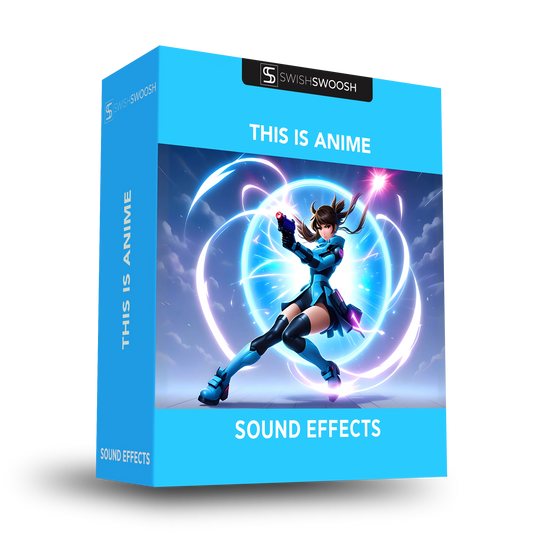
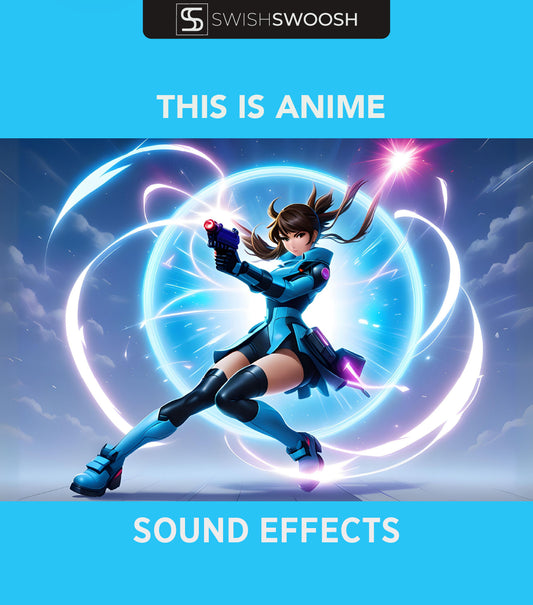
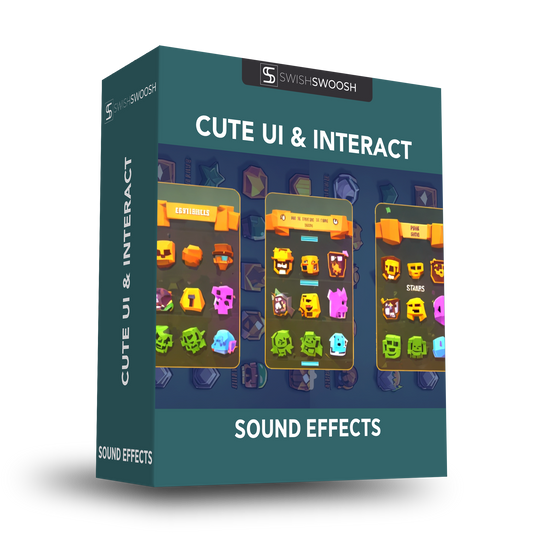
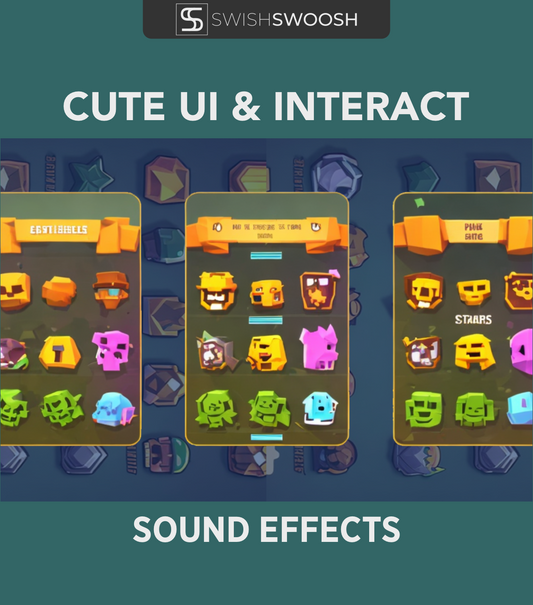




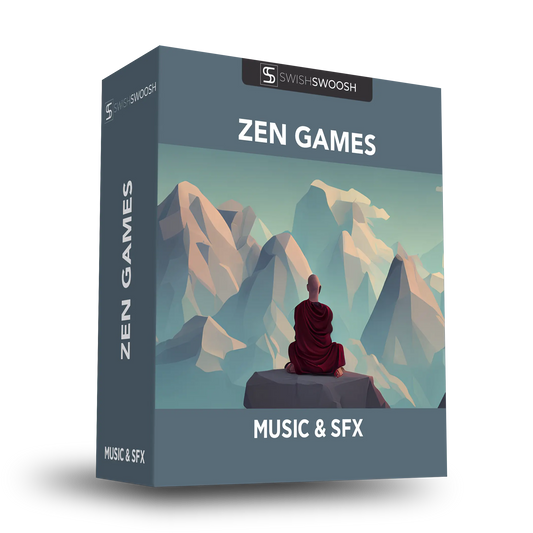
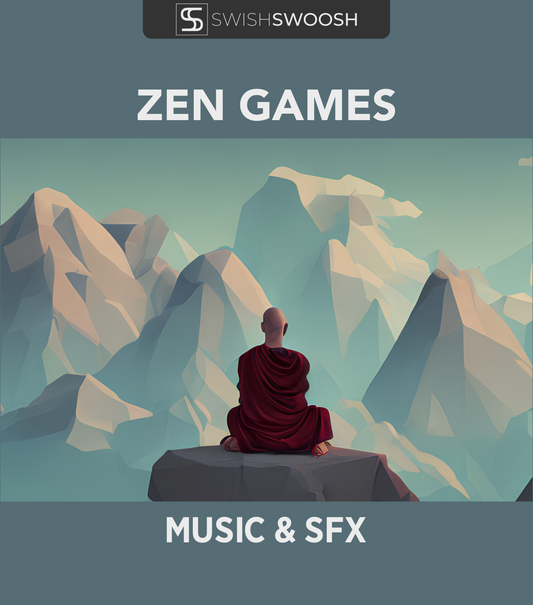
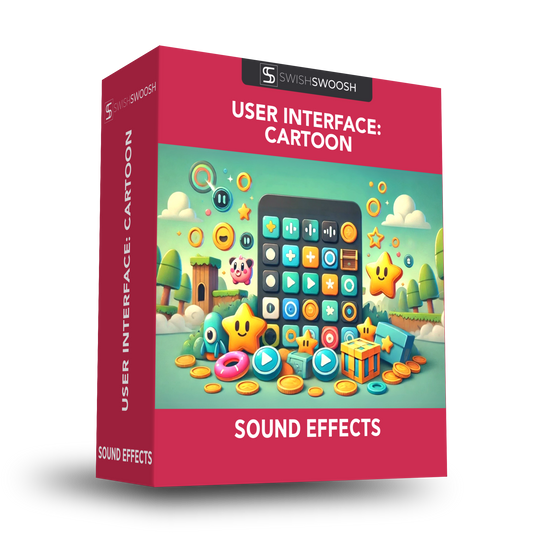
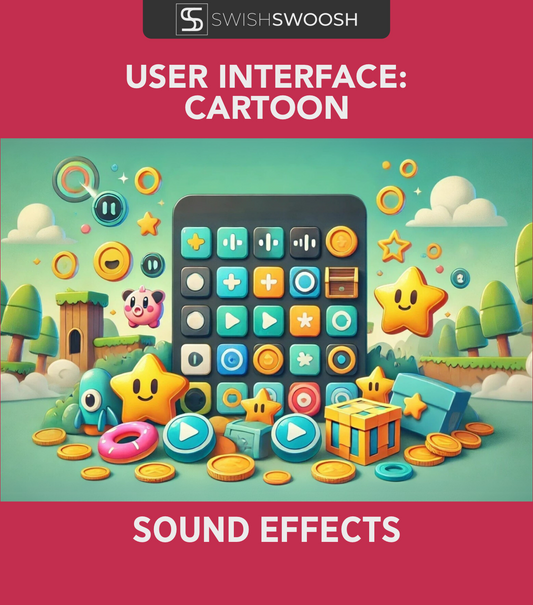
No comments